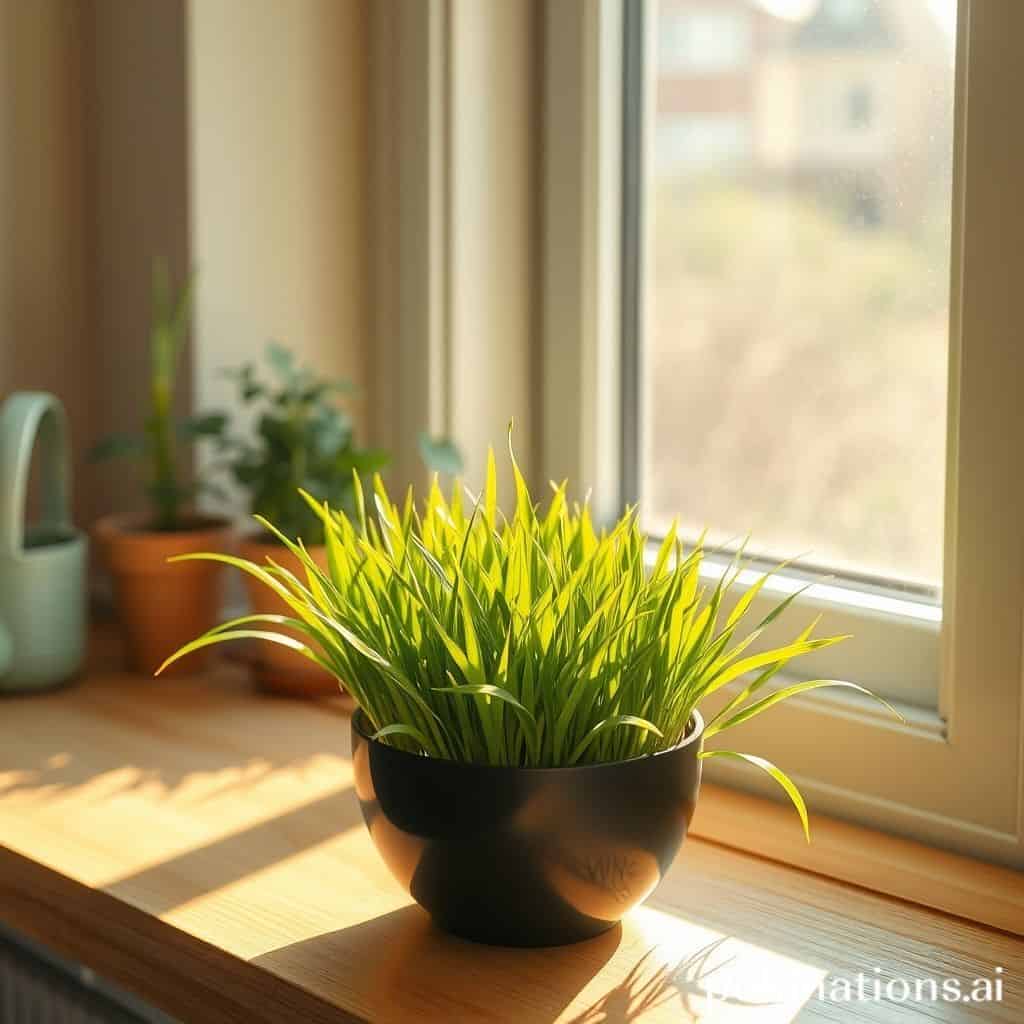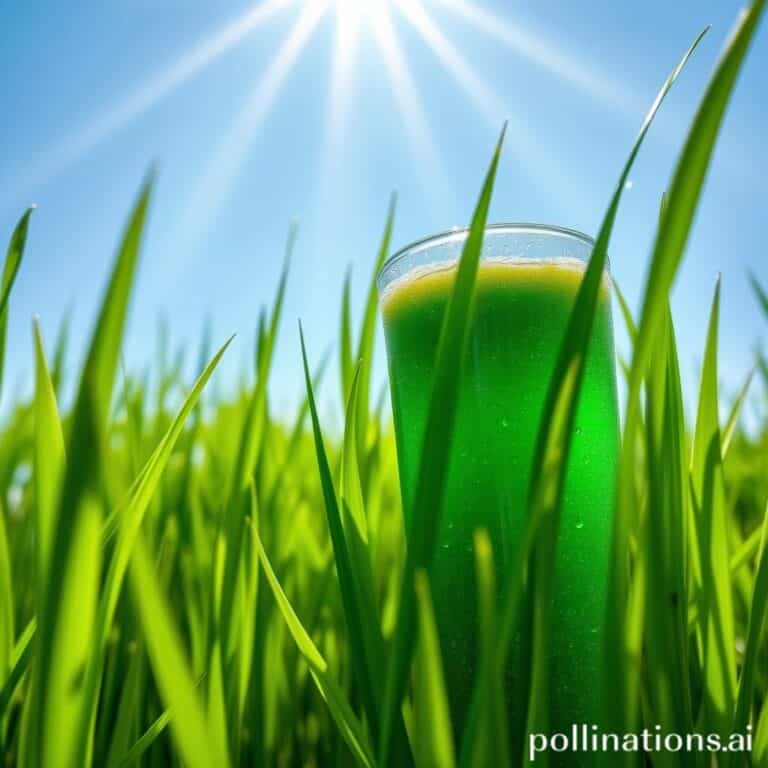Grow Wheatgrass Indoors Easily
Introduction
Wheatgrass isn’t just a passing health fad; it’s like a treasure chest filled with vitamins and minerals. Cultivating wheatgrass at home can feel both rewarding and straightforward, making it a perfect project for health buffs and budding gardeners alike. This guide will lift the veil on how to grow wheatgrass indoors, giving you all the tools necessary for success. Whether you want to juice it for its health perks or use it as a fancy garnish, this detailed step-by-step guide will make growing your own wheatgrass a breeze.
In this article, we will venture into the essential supplies you’ll need, the cultivation process, maintenance tips, and how to resolve common issues, so you can relish the freshest wheatgrass right from your home.
Essential Supplies for Growing Wheatgrass
To kick-start your wheatgrass garden, you’ll only need a handful of supplies. Here’s a quick rundown:
- Wheatgrass seeds: Opt for high-quality, organic seeds for the best outcome.
- Soil: Choose organic potting soil or seed-starting mix.
- Containers: Shallow trays or pots with drainage holes.
- Water Spray Bottle: For gentle watering.
- Light Source: Natural sunlight or grow lights if your home lacks adequate light.
With the right tools, your growing journey will be off to a great start, allowing the wheatgrass to thrive.
Step-by-Step Guide to Cultivating Wheatgrass
Follow these steps to nurture your wheatgrass at home:
- Prepare the Seeds: Soak wheatgrass seeds in water for 8-12 hours. This helps hydrate the seeds, supporting germination.
- Prepare the Soil: Fill your container with 1-2 inches of moist potting soil. Let it settle to ensure it’s level.
- Sow the Seeds: Evenly spread the soaked seeds across the soil. Aim for about 1/4 cup of seeds per tray.
- Water the Seeds: Lightly mist using your spray bottle, making sure not to wash away the seeds.
- Cover and Wait: Place a cover over the tray to keep moisture in for 3-4 days, storing it in a dark area.
- Light Access: After germination, uncover the trays and place them under sunlight or grow lights for about 12 hours a day.
- Water Regularly: Continue misting daily to keep the soil moist but not soggy.
- Harvest: Once your wheatgrass is around 6-8 inches tall (usually in 7-14 days), it’s time to harvest!
By following these simple steps, you’ll have a flourishing supply of fresh wheatgrass.
Maintaining Your Wheatgrass
Keeping your wheatgrass in good shape is essential for maximizing growth and nutrients. Here are some pieces of advice:
- Watering: Water lightly to prevent mold. The top of the soil should remain consistently moist.
- Light Conditions: If using grow lights, keep them 2-3 inches above the plants, adjusting as they grow.
- Air Circulation: Ensure your growing area has adequate airflow to avoid dampness and fungal problems.
Regular check-ins will help you catch potential issues early, ensuring your wheatgrass thrives.
Troubleshooting Common Issues
Sometimes, things don’t go as planned. Here are common problems and their solutions:
- Mold Growth: Mold usually results from too much water. Adjust your watering habits and ensure good airflow.
- Yellowing Leaves: This might mean your wheatgrass isn’t getting enough light or nutrients. Shift the tray to a sunnier spot or provide a diluted nutrient solution.
- Pest Problems: Keep an eye out for pests like aphids. Use insecticidal soap or a vinegar solution to get rid of them.
Addressing these issues promptly can save your crop and lead to a plentiful harvest.
Harvesting Wheatgrass
Harvesting is one of the most satisfying parts of this journey. Use sharp scissors to snip the grass just above the soil line. This technique helps maintain the roots, allowing for possible second growth.
Wheatgrass can be juiced, mixed into smoothies, or simply chewed for its health benefits. Just remember to wash it before consuming and store any leftovers in the refrigerator.
Final Thoughts on Growing Wheatgrass at Home
Growing wheatgrass indoors is a simple and fulfilling endeavor that will bring nutritious greens to your kitchen in no time. With the right supplies, a dash of patience, and some attention to detail, your wheatgrass can blossom, offering valuable health rewards.
Key takeaways include proper seed preparation, consistent light and moisture, and effective troubleshooting. Enjoy the journey and savor the delight of freshly grown wheatgrass in your home!







